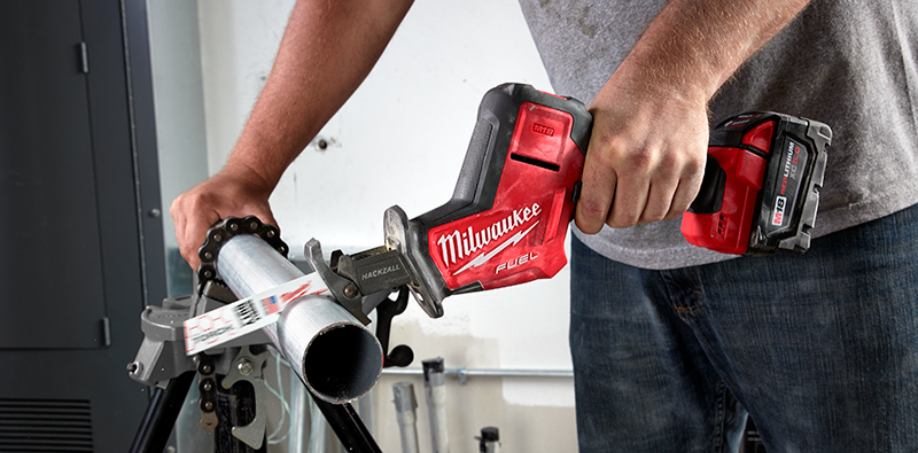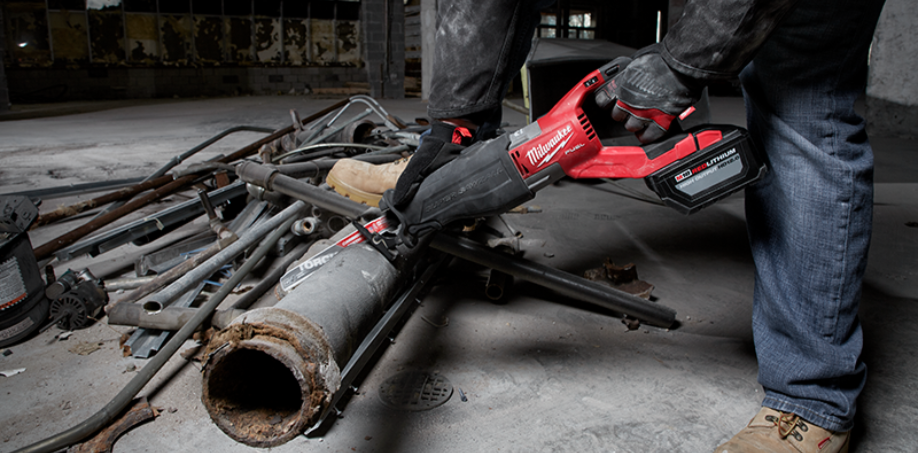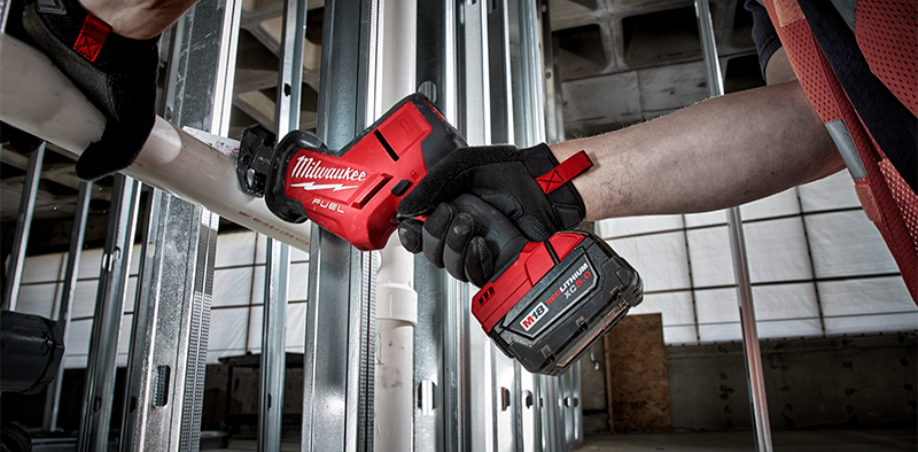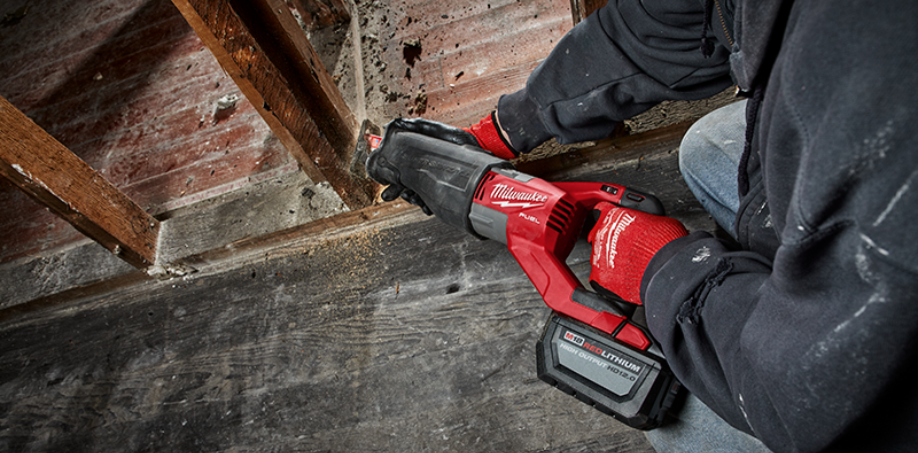Hackzall vs Sawzall: Which One Should you Choose?

When it comes to reciprocating saws, two names often come up in discussion, Hackzall and Sawzall. Both tools are powerful, versatile, and widely used across various industries. However, while they share similarities, they serve distinct purposes that make one better suited to certain tasks than the other. This blog post dives deep into the comparison between Hackzalls and Sawzalls, guiding you through their features, differences, and how to choose the right tool for your needs.
What is a Hackzall?
A Hackzall is a compact, one-handed reciprocating saw designed for lightweight tasks and improved maneuverability. Manufactured by Milwaukee, it is known for its smaller size and precision, making it ideal for working in confined spaces or tight corners where larger tools may not fit. Its one-handed operation allows users to maintain better control while freeing the other hand to hold materials or stabilize the work area.
Hackzalls are commonly used for tasks like cutting PVC pipes, small branches, light demolition, and electrical or plumbing installations. Their compact design makes them a perfect tool for working in tight spaces. People often favor Hackzalls for their versatility, ease of use, and ability to reach hard-to-access areas, making them an essential tool for light-duty cutting tasks.

What is a Sawzall?
A Sawzall is a heavy-duty reciprocating saw designed for more demanding tasks. Unlike the Hackzall, the Sawzall is larger, more powerful, and built for two-handed operation. Equipped with a powerful motor, the Sawzall excels in tasks that require significant cutting force, such as slicing through thick metal, wood, or even masonry. Available in both corded and cordless options, the Sawzall offers flexibility in different work environments, especially where power and performance are essential.
The Sawzall is commonly used for heavy-duty jobs, including cutting through thick metal pipes, demolition work, and cutting through studs and joists. Its powerful motor makes it an ideal tool for construction workers and contractors who need to cut through challenging materials quickly and efficiently. While it is bulkier and requires more effort than a Hackzall, the Sawzall's speed and strength make it the go-to tool for large, demanding jobs.

Hackzall vs. Sawzall
Now that we understand what Hackzalls and Sawzalls are, let’s look at the key differences between the two tools:
Size and Weight: The most obvious difference between a Hackzall and a Sawzall is their size. Hackzalls are compact, lightweight tools that can be easily handled with one hand, whereas Sawzalls are much larger and heavier. If you need a tool for tight spaces or one that is easy to maneuver, the Hackzall is the better option.
Power and Performance: Sawzalls are much more powerful than Hackzalls, making them ideal for heavy-duty jobs. They are capable of cutting through thick materials like metal pipes, concrete, and large pieces of wood. Hackzalls, on the other hand, are designed for lighter-duty tasks and can struggle with thicker materials. If you’re working on a project that involves demolition or remodeling, the Sawzall is your best bet.
Portability and Ease of Use: Due to its compact size, the Hackzall is much easier to carry and use for extended periods. The reduced vibrations and lightweight design make it ideal for smaller tasks. Due to its size and weight, the Sawzall can become hard to handle when working in tight spaces for long periods of time.
Cutting Speed: If speed is a factor, the Sawzall’s powerful motor and larger blade make it the winner. It can cut through materials much faster than the Hackzall, which is an advantage in tasks like demolition. However, for more precise cuts or delicate materials, the Hackzall’s slower speed can actually be a benefit, as it allows for more control.
Battery Life: In terms of battery life, both tools are available in cordless models that use lithium-ion batteries. However, the Hackzall’s smaller motor consumes less power, meaning its battery tends to last longer compared to the Sawzall. If you’re working away from power sources, the Hackzall may be a more convenient choice for extended use without frequent recharging.

How to Choose Between a Hackzall and Sawzall
Choosing between a Hackzall and a Sawzall depends on the specific tasks you need to perform. Here are some factors to consider:
The Type of Job: Choose a Hackzall for lighter, more detailed work such as cutting PVC, drywall, small branches, and other soft materials. Its compact size makes it ideal for tasks that require maneuverability and control. For heavy-duty tasks like demolition, cutting through metal, or large-scale construction work, a Sawzall is the better option because of its power and cutting capacity.
Work Environment: If you frequently work in small spaces where a larger tool may not fit, the Hackzall is an excellent choice. Electricians, plumbers, and HVAC technicians often prefer Hackzalls due to their portability and ease of use in small spaces. If space is not an issue and power is your priority, the Sawzall is perfect in open environments where its size and power can be fully utilized.
Your Budget: While both tools are affordable, Hackzalls tend to be cheaper due to their smaller size and lower power output. If you’re someone who doesn’t require the heavy-duty performance of a Sawzall, a Hackzall can be a more budget-friendly option.
Frequency of Use: For occasional use or lighter tasks, the Hackzall is ideal. On the other hand, if you’re someone who frequently tackles large projects, a Sawzall may be the best choice.
In the Hackzall vs. Sawzall debate, the right tool for you ultimately depends on your specific needs. By understanding the differences between these two tools you can make an informed decision that ensures you have the right tool for the job at hand. Whether you opt for a Hackzall or a Sawzall, both tools are essential additions to any tool kit. Order yours today at Midland Tool & Supply, 877-446-4352.

